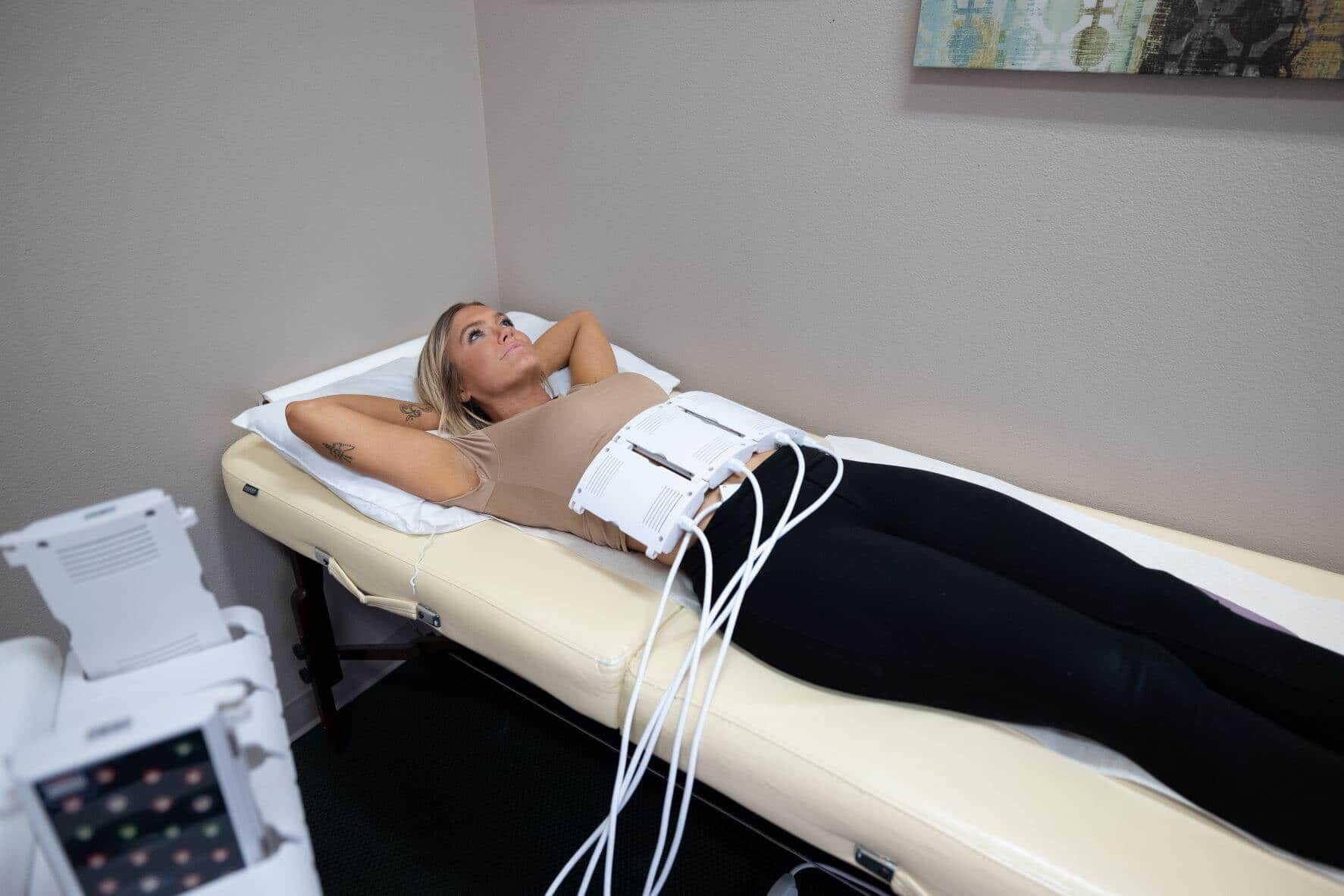Understanding Liposuction and Laser Fat Removal: A General Overview
Liposuction and laser fat removal are popular cosmetic procedures that aim to remove unwanted fat deposits from specific areas of the body. While both methods focus on fat reduction, they differ significantly in their approaches and outcomes.
Liposuction: Traditional Surgical Fat Removal
Liposuction is a surgical procedure that uses a cannula (a thin tube) to suction fat from targeted areas of the body. The procedure can be performed under general or local anesthesia and requires incisions for cannula insertion. Different liposuction techniques exist, including:
- Tumescent liposuction: Involves injecting a saline solution, lidocaine, and epinephrine into the treatment area to numb the area, minimize bleeding, and facilitate fat removal.
- Ultrasound-assisted liposuction (UAL): Employs ultrasound waves to liquefy fat cells before suctioning, potentially providing smoother results.
- Laser-assisted liposuction (LAL): Uses laser energy to liquefy and melt fat cells before suctioning, potentially tightening skin and reducing recovery time.
Advantages of Liposuction:
- Proven effectiveness in permanently removing fat cells.
- Can treat larger areas and significant fat deposits.
- Offers precise sculpting of specific body contours.
- Can be combined with other procedures like tummy tucks.
Disadvantages of Liposuction:
- Requires surgery with its associated risks like infection, bleeding, and anesthesia complications.
- Longer recovery time and potential discomfort.
- Potential for uneven results or skin irregularities.
- Higher cost compared to non-invasive options.
Laser Fat Removal: Non-Surgical Fat Reduction
Laser fat removal encompasses various non-surgical procedures that use laser energy to target and destroy fat cells. The lasers heat and liquefy fat cells, allowing the body to naturally eliminate them through the lymphatic system. Common laser fat removal technologies include:
- SculpSure: Employs a diode laser to heat and damage fat cells in areas like the abdomen and flanks.
- LipoLite: Utilizes a laser to liquefy fat and tighten skin simultaneously, suitable for smaller areas like the chin and arms.
- CoolSculpting: Applies controlled cooling to freeze and destroy fat cells, primarily targeting areas like the abdomen and thighs.
Advantages of Laser Fat Removal:
- Non-invasive, avoiding surgical risks and incisions.
- Shorter recovery time with minimal discomfort.
- Potentially tighter skin due to collagen stimulation.
- Suitable for smaller fat deposits and specific areas.
- Often less expensive than liposuction.
Disadvantages of Laser Fat Removal:
- Less effective in removing large amounts of fat compared to liposuction.
- Results may be less dramatic and require multiple sessions.
- Not suitable for all areas of the body or significant fat deposits.
- Potential for side effects like bruising, swelling, and temporary numbness.
Important Note:
Consulting a board-certified plastic surgeon or dermatologist is crucial before considering any fat removal procedure. They can assess your individual needs, discuss risks and benefits, and recommend the most suitable option based on your body composition, goals, and medical history.
Remember, liposuction and laser fat removal are not weight-loss solutions. They are meant to address stubborn fat deposits that resist diet and exercise alone. Maintaining a healthy lifestyle is key to sustaining results and improving overall well-being.


